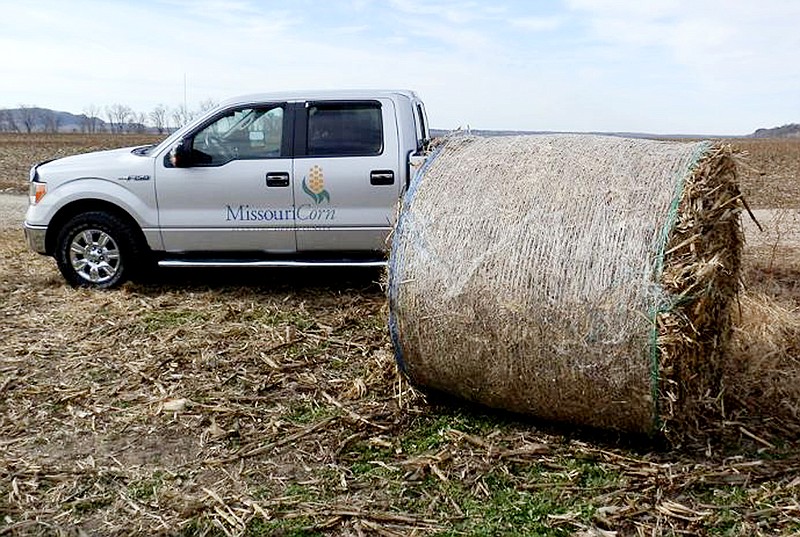With hay in short supply because of the prolonged drought, state grain and livestock organizations have teamed up with University of Missouri experts to develop ways to increase the nutrition of baled corn stover, the chopped field residue of a corn crop after the grain has been harvested.
Central Missouri farmers can attend a field demonstration on Sept. 20 to learn a technique to double the protein content of the forage and feed alternative. The technique also will increase the digestibility of corn stover by 15 percent.
The field day will be at the University of Missouri Beef Research and Teaching Farm in Columbia at 6 p.m. on Thursday, Sept. 20.
Justin Sexten, MU beef nutritionist, is working with the Missouri Corn Merchandising Council and the Missouri Cattlemen's Association to explore alternative forages. They are hosting a workshop in Columbia and others throughout Missouri to bring the techniques to livestock farmers struggling to find feed sources.
The shortage of forage has sparked more interest in corn stover.
The innovative corn stover treatment to be demonstrated Sept. 20 is a process to improve nutrition called ammoniation. Producers can treat corn stover at a cost of about $25 per ton of forage. The added nutritional value makes the extra cost worth the effort

